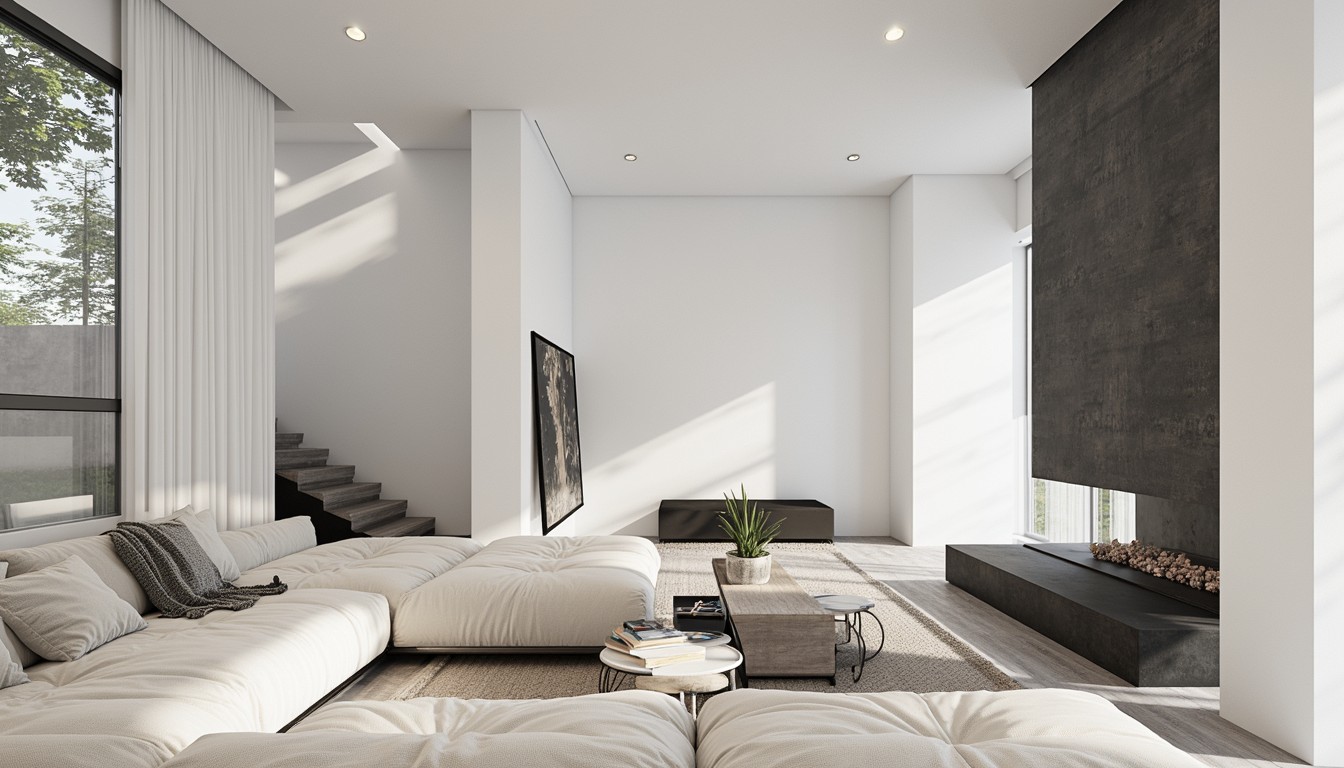AI Space Planning: Revolutionizing Architectural Design
The architectural design landscape is undergoing a dramatic shift, fueled by the rapid advancements in artificial intelligence (AI). No longer a futuristic concept, AI-powered space planning is becoming an indispensable tool for architects, interior designers, and developers, streamlining workflows, enhancing creativity, and ultimately delivering superior design outcomes. ArchNav, at the forefront of architectural visualization, understands the transformative power of AI and is committed to harnessing its potential to redefine the design process.
The Rise of AI in Architectural Space Planning

Traditional space planning often involves tedious manual processes, countless iterations, and significant time investments. AI is changing this paradigm by automating many of these tasks, allowing designers to focus on the higher-level creative aspects of their projects. AI algorithms can analyze vast datasets of building codes, spatial data, client preferences, and even design trends to generate optimized layouts, significantly reducing design time and improving accuracy.
Key Benefits of AI-Powered Space Planning:
- Increased Efficiency: AI automates repetitive tasks, freeing up designers to focus on creative problem-solving and client interaction.
- Improved Accuracy: AI minimizes human error in calculations, ensuring compliance with building codes and regulations.
- Enhanced Creativity: AI can generate innovative design options that might not have been considered by human designers, pushing creative boundaries.
- Optimized Space Utilization: AI algorithms optimize space usage, maximizing functionality and minimizing wasted space.
- Faster Turnaround Times: AI accelerates the design process, allowing for quicker project completion and faster client feedback loops.
- Cost Savings: By streamlining workflows and reducing errors, AI contributes to significant cost savings throughout the design and construction process.
Real-World Applications of AI in Space Planning

The applications of AI in space planning are diverse and constantly evolving. Here are some compelling examples:
1. Generative Design:
AI algorithms can generate numerous design options based on specified parameters (e.g., square footage, budget, building codes). This allows designers to explore a wider range of possibilities and select the optimal solution for their clients' needs.
2. Space Optimization:
AI can analyze existing floor plans and suggest improvements to optimize space utilization. This includes identifying areas for better furniture placement, maximizing natural light, and improving workflow efficiency.
3. Building Information Modeling (BIM) Integration:
AI seamlessly integrates with BIM software, enhancing the accuracy and efficiency of the design process. AI can automatically update BIM models based on design changes and ensure consistency across all project documentation.
4. Virtual Reality (VR) and Augmented Reality (AR) Integration:
AI enhances the immersive experience of VR and AR by providing real-time feedback on design changes and allowing clients to interact with the virtual space in a more intuitive way.
5. Predictive Modeling:
AI can predict potential challenges and issues early in the design process, allowing for proactive mitigation strategies and preventing costly delays later on.
Challenges and Considerations

While AI offers significant advantages, it's crucial to acknowledge some challenges. Data quality is paramount; inaccurate or incomplete data can lead to flawed AI-generated designs. The need for human oversight remains crucial to ensure the AI's output aligns with design intent and aesthetic considerations. Ethical implications, such as data privacy and algorithmic bias, also require careful consideration.
ArchNav: Leading the AI Revolution in Architectural Visualization
At ArchNav, we're committed to leveraging the power of AI to deliver cutting-edge architectural visualization services. Our team of experts is constantly exploring and implementing the latest AI technologies to enhance our design capabilities and provide our clients with unparalleled results. We understand the importance of combining human creativity with the efficiency and accuracy of AI to achieve truly exceptional architectural designs.
We offer a comprehensive suite of AI-powered services, including:
- AI-driven space planning and optimization
- High-quality 3D rendering and visualization
- Immersive VR and AR experiences
- Customized design solutions tailored to your specific needs
Partner with ArchNav to experience the future of architectural design. Contact us today to learn more about how we can help you transform your projects with the power of AI.
